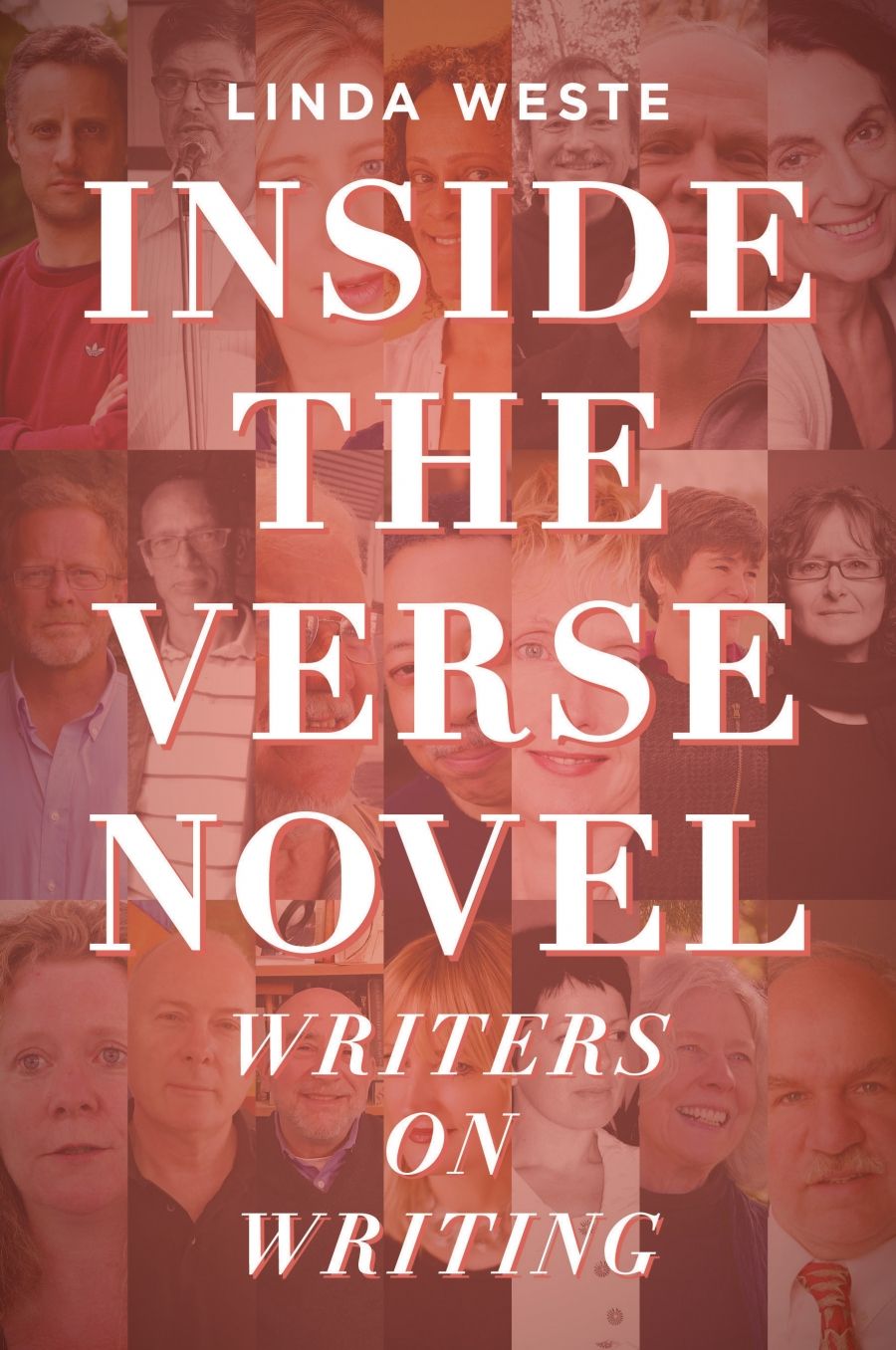
- Free Article: No
- Contents Category: Poetry
- Review Article: Yes
- Online Only: No
- Custom Highlight Text:
In his description of the verse novel as ‘the awkward child of successful parents, destined to disappoint both of them’, Michael Symmons Roberts emphasises the form’s sometimes disjunctive use of literary techniques commonly associated with poetry and prose fiction. While the verse novel has gained popularity since the 1980s, many of its features may be traced to epic poems such The Epic of Gilgamesh and Homer’s The Iliad, and the long narrative poems of the Romantic and Victorian periods. The form was established by Alexander Pushkin’s nineteenth-century verse novel Eugene Onegin, which was divided into stanzas; however, the definition and key features of the verse novel are still hotly debated.
- Grid Image (300px * 250px):

- Book 1 Title: Inside the Verse Novel
- Book 1 Subtitle: Writers on writing
- Book 1 Biblio: Australian Scholarly Publishing, $39.95 pb, 182 pp
- Book 1 Readings Link: booktopia.kh4ffx.net/PX3nz
Weste’s book comprises twenty-two interviews with Anglophone verse novelists from the ‘prospering verse novel markets’ of the United Kingdom, the United States, Australia, and Canada. She notes, ‘the interviewed authors do not necessarily identify as verse novelists’, and statements about the breadth of their oeuvres, which conveniently precede the interviews, attest to this. The interviews range from two and a half pages (Lesley Wheeler) to twelve pages (Alan Wearne), from writers who have published one verse novel (Sarah Corbett), to multiple (George Elliott Clarke), and many who have won prizes for this form (Ros Barber). While Weste is a verse novelist, and while her pithy questions demonstrate her passion for the form, it seems odd that she ‘interviews’ herself. While her insights into the verse novel are valuable, it may have been better to incorporate these into her introduction, rather than place herself alongside the other interviewees.
In a bold move, Weste’s book consolidates Australia as the nation at the forefront of the publication of Anglophone verse novels. She notes Les Murray’s prize-winning verse novels, The Boys Who Stole the Funeral and Fredy Neptune, and pays homage to Dorothy Porter as a major proponent of the form in Australia, whose influence has endured posthumously. Seven of the twenty two interviewees are Australian (Brian Castro, Christine Evans, Judy Jack, Paul Hetherington, Geoff Page, Alan Wearne, and Linda Weste), and Pandanus Press emerges as progressive in its decision to publish many early Australian verse novels. The Australians provide some of the best discussion of the versatility of the verse novel. Hetherington argues that verse novels ‘remind us that we can speak about anything we like in poetry; and that poetry remains a viable way of addressing the quotidian and expansive, as well as the lyrical’. Page supports the form’s flexibility: ‘It’s as if I want to prove that there’s no genre that can’t also be done in verse.’ This is one of the most powerful features of Weste’s interviews cumulatively, they testify to the diversity and uniqueness of the form.
Weste’s book consolidates Australia as the nation at the forefront of the publication of Anglophone verse novels.
Moreover, Weste’s interviews are more expansive than they might first appear, offering commentary on poetry and its reader ship in general. The most enlightening discussions are those concerning ‘the idea of poetry’. Where a form, such as prose poetry, may be said to benefit from being composed in sentences and paragraphs, the verse novel’s use of lineation can look challenging to readers expecting more attributes of the prose novel. Christine Evans encourages the reader of the verse novel to read not only ‘between the lines’ but to ‘dance between the line, the verse and the page’. David Mason captures this in pithy terms:
Some audiences are afraid of verse novels, perhaps, because they are afraid of poetry. Too much modern poetry has taught them to be bored when they see things typed up in lines. Yet, verse novels are often read by people who claim not to like poetry at all, while certain poets and critics look down upon them as a capitulation to narrative. Obviously, I think those poets and critics are idiots.
The interviews are, for the most part, compelling. While Weste’s introduction brings together some important threads from the interviews, it would have benefited from giving more details about the interview process and structure of the book. It remains unclear if the interviews were conducted in real time or over email, and there is no information about how the writers were chosen or approached. Importantly, Weste provides each writer with the same nine questions, which allows the responses to be easily juxtaposed. Together, they provide powerful commentary on questions of form and mode. Occasionally, this choice of format means that the repetition of something that doesn’t quite work plays out in successive interviews. This is true of one of Weste’s questions about ‘influential verse novels’, which occurs after many writers have already addressed the issue. It seems like a missed opportunity to ask something else.
Weste’s book is a major achievement in a growing field of scholarship on the verse novel. As Fred D’Aguiar states, ‘the world needs more verse novels as the world becomes more needy of stillness, reflection’. Weste’s interviews demonstrate that the verse novel is not a Frankensteinian monster sewn together from disparate features of the poetry and prose novel forms. Instead, in its attempt to reconcile the poetic and prosaic, it celebrates many of the productive tensions between poetry and narrative fiction.


Comments powered by CComment